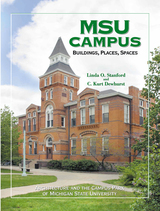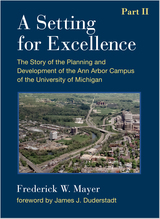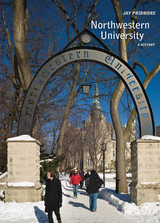A Setting For Excellence, Part II: The Story of the Planning and Development of the Ann Arbor Campus of the University of Michigan
University of Michigan Press, 2017
Cloth: 978-0-472-13037-5 | eISBN: 978-0-472-12290-5
Library of Congress Classification LD3278.M39 2015
Dewey Decimal Classification 378.1961
Cloth: 978-0-472-13037-5 | eISBN: 978-0-472-12290-5
Library of Congress Classification LD3278.M39 2015
Dewey Decimal Classification 378.1961
ABOUT THIS BOOK | AUTHOR BIOGRAPHY | TOC | REQUEST ACCESSIBLE FILE
ABOUT THIS BOOK
Campus planning is often a crucial underlying set of goals for university administrations, even if, over time, the mix of new and old buildings, changes in usage patterns and activities of students, and evolution of styles present challenges to a cohesive campus plan. In its two-hundred year history the University of Michigan has planned its campus in waves, from the earliest days of the iconic buildings around the Diag to the plans for the hospitals and the North Campus. This immensely informative and entertaining second volume in the history of the evolution of the campuses offers an absorbing narrative from the perspective of Fred Mayer, who served for more than three decades as the campus planner for the university during an important period of its growth during the late twentieth century.
By tracing the development of the Ann Arbor campus from its early days to the present, within the context of the evolution of higher education in America, Mayer provides a strong argument for the importance of rigorous and enlightened campus planning as a critical element of the learning environment of the university. His comprehensive history of campus planning, illustrated with photos, maps, and diagrams from Michigan’s history, is an outstanding contribution to the university’s history as it approaches its bicentennial.
By tracing the development of the Ann Arbor campus from its early days to the present, within the context of the evolution of higher education in America, Mayer provides a strong argument for the importance of rigorous and enlightened campus planning as a critical element of the learning environment of the university. His comprehensive history of campus planning, illustrated with photos, maps, and diagrams from Michigan’s history, is an outstanding contribution to the university’s history as it approaches its bicentennial.
See other books on: Ann Arbor | Buildings | Planning | Regional Studies | University of Michigan
See other titles from University of Michigan Press






























